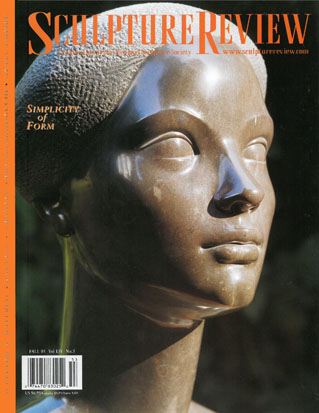
Simplicity of Form
Features
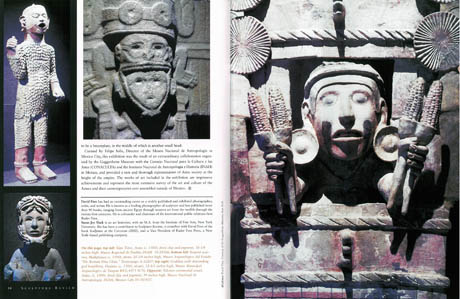
A remarkable exhibition of Aztec (Mexica) sculpture was held recently (October 2004 – February 2005) at the Guggenheim Museum in New York. Titled The Aztec Empire, the exhibition provided an overview of a culture whose extraordinary view of the universe is little known outside Latin America.
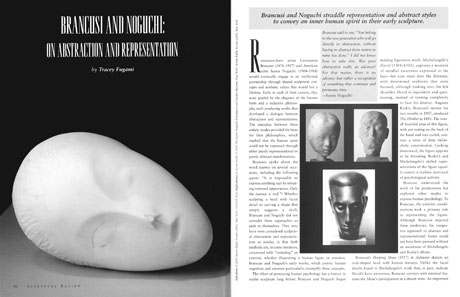
Romanian-born artist Constantin Brancusi (1876 -1957) and American artist Isamu Noguchi (1904 – 1988) would eventually engage in an intellectual partnership through shared sculptural concepts and aesthetic values that would last a lifetime.
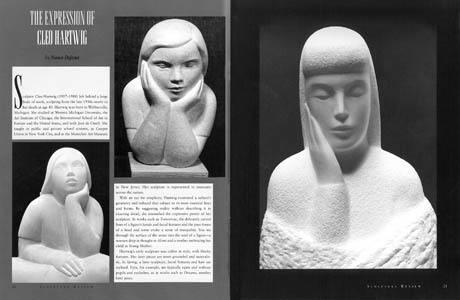
Sculptor Cleo Hartwig (1907-1988) left behind a large body of work, sculpting from the late 1930s nearly to her death at age 80.
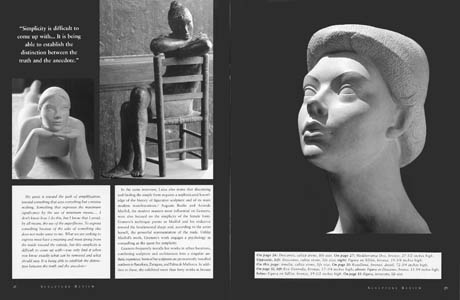
Luisa Granero’s sculpture is about the female form; it recalls scenes of everyday life and the visible presence of women in the world. The sculptures have a simplicity of expression – the essential gestures of the female spirit, that reflect the artist’s Mediterranean surroundings and cultural heritage.
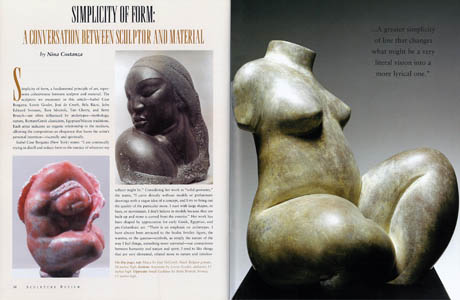
Simplicity of form, a fundamental principle of art, represents cohesiveness between sculptor and material. The sculptors we encounter in this article – Isabel Case Borgatta, Lorrie Goulet, Jose de Creeft, Bela Bacsi, John Edward Svenson, Tom Silveroli, Tim Cherry, and Betty Branch – are often influenced by archetypes, mythology, nature, Roman/Greek classicism, Egyptian/Mayan traditions.
